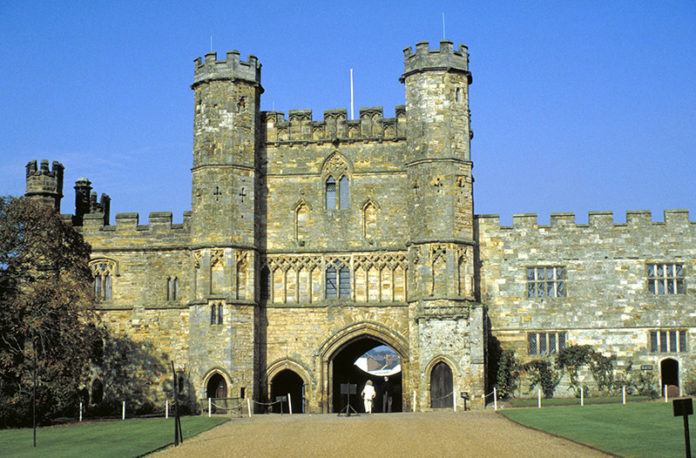As Britain takes the historic decision to exit the European Union, we take a look at five other major turning points in the history of the UK
As we watch history unfold around us, we thought it would be a good time to take a look at some of the other major turning points in British history which have helped to make the UK the fascinating country it is to visit today.
1. The Battle of Hastings, 1066
The Norman invasion of 1066 marked a fundamental change in British society, founding a monarchy that is still in place today, and is one of the most significant dates in British history. The Normans, led by King William, travelled from northern France and at the Battle of Hastings in October 1066 they defeated the English army led by King Harold, who was famously killed in on the battlefield. English lords accepted William as their ruler and he was crowned as King William I in London on Christmas Day, but better known to history as William the Conqueror.
2. Magna Carta, 1215
The Magna Carta – “Great Charter” – was the first time that limits were placed on royal power, establishing that the monarch could not act arbitrarily and was subject to the same rule of law as everyone else. King John was forced to sign the document by the barons in 1215 in Runnymede, a neutral site just west of London, and three of the charter’s clauses survive in British law today. The most important is the principle that a free man cannot be imprisoned or punished except under the law of the land.
3. Defeat of the Spanish Armada, 1588
The threat of invasion loomed throughout Queen Elizabeth I’s reign. That threat became real in 1588 when King Philip II of Spain sent a fleet of 122 warships to invade England. The Spanish fleet was scattered by fireship attacks and stormy weather which blew the ships into the North Sea. More than half the remaining ships were wrecked on their voyage home round Scotland and Ireland. It was an embarrassing defeat for Spain and England remained an independent nation.
4. British Republic and the Restoration, 1649 & 1660
Britain briefly became a republic after Oliver Cromwell defeated King Charles I in the English Civil War. After executing Charles in 1649, Cromwell named himself “Lord Protector” and set about reorganised the country along Puritan lines. Power passed to his son, Richard , when Cromwell died in 1658. Richard could not hold the country together, and in 1660, a group of lords invited Charles’ son to return as King Charles II, restoring the monarchy.
5. Acts of Union, 1536, 1707, 1800
The first ‘Act of Union’ – a title not used until the early 20th century – was passed in 1536, making the law of England the only law of Wales, with Wales represented in parliament by 26 members. Although Scotland and England had shared the same monarch since James VI and I became king in 1603, it was the Act of Union passed in 1707 that brought Scotland into the English Parliament. In 1800, a second Act of Union incorporated the Ireland into the UK. Following the Irish War of Independence in 192126 Irish counties left the Union again, leaving behind the six counties of Northern Ireland.







 © 2024
© 2024